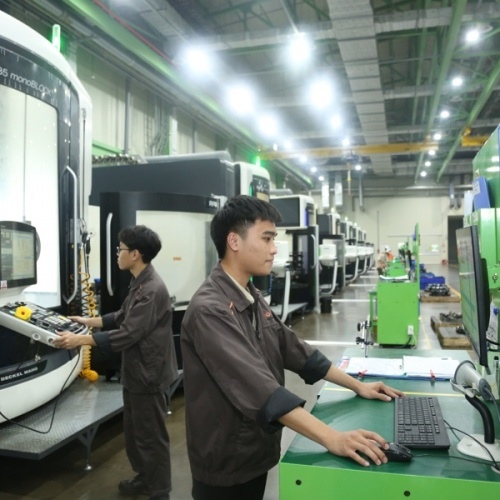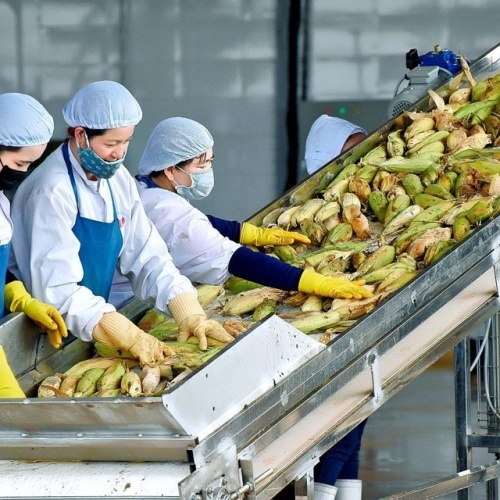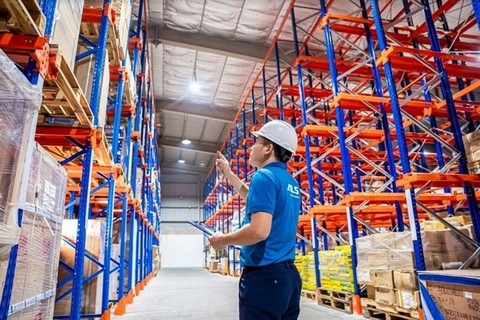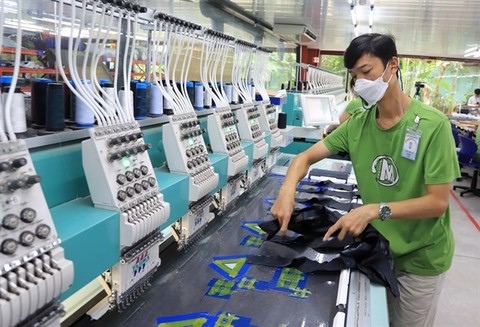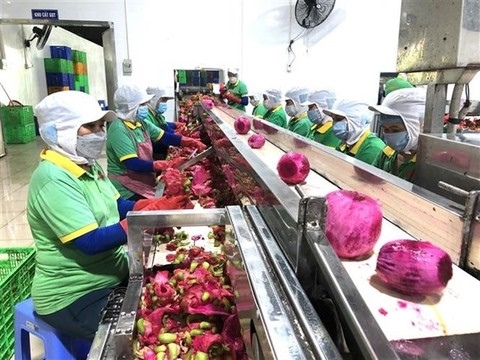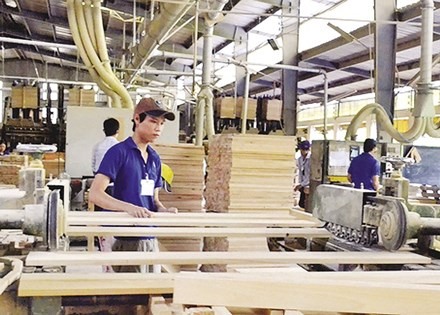Viet Nam hobbled by weak logistics sector
Viet Nam hobbled by weak logistics sector
Viet Nam has emerged as a powerful manufacturing powerhouse in Asia but “weak logistics activities have limited its trade competitiveness”, the deputy minister of industry and trade said at a logistics forum held yesterday in HCM City.
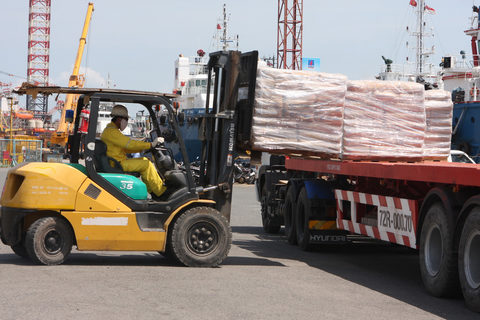
Speaking at the fourth annual Viet Nam Logistics Forum, Do Thang Hai said Viet Nam, like many emerging Asian economies, had been following an export-led growth model through trade liberalisation and foreign direct investment.
The country, which has registered high economic growth, has had one of the highest export growth rates in Asia during the last decade, making it one of the most attractive investment destinations for manufacturing in Asia, he said.
Since its membership in World Trade Organisation, the country’s import-export value has increased 2.9 times, from US$111.2 billion in 2007 to $327.76 billion in 2015. Retail market revenue has increased by 20-25 per cent annually.
To achieve these results, the logistics sector has played an essential role in the country’s socio-economic development, Hai said.
The sector “plays a key role in linking activities of the global value chain, from supply, production and distribution to market expansion in many economic sectors”, he said.
Viet Nam this year ranked 64th out of 160 countries in the World Bank’s Logistics Performance Index, and fourth in the ASEAN region, after Singapore, Malaysia and Thailand.
With an annual growth of 16-20 per cent in recent years, logistics has been among the sectors with the most stable growth.
Challenges
However, the logistics sector is facing challenges that limit the country’s trade competitiveness, speakers at the forum said.
Most local logistics providers are at a disadvantage when it comes to offering modern logistics value-added services and Vietnamese manufacturers have suffered from relatively low levels of logistics performance and high logistics costs.
Ruth Banomyong of Thammasat University in Thailand said several estimates have shown that Viet Nam’s logistics costs are much higher than in China, Thailand and Malaysia.
“There is limited availability of reliable data related to logistics in Viet Nam,” Banomyong said. “The private sector does not have access to reliable logistics statistics to develop their respective strategic plans.”
Au Anh Tuan, deputy director of the Supervision and Control Department at the General Department of Customs, said: “The legal framework and regulations covering the logistics sector remain difficult and the lack of close co-ordination between relevant organisations has had a negative impact on the sector’s performance.”
Tran Bao Ngoc, director of the Transport Department, said that poor connectivity was a constraint to a multimodal transport system, caused by poor infrastructure and vehicles as well as a lack of modern information system in river ports, seaports and railway stations.
Tran Thanh Hai, deputy head of the Ministry of Industry and Trade’s Import Export Department, said a majority of logistic enterprises, mostly small- and medium-d, had weak capacity and small market share.
In addition, competition from foreign logistics companies has put pressure on small- and medium-d local service providers who need to find niche segments to serve.
There is also no official authority in Viet Nam with overall responsibility for logistics.
Solutions
Most speakers agreed that it was critical to improve the current state of the logistics sector to sustain economic growth.
The Ministry of Industry and Trade has been assigned to develop a logistics national action plan, a challenging task as logistics is a sector that involves several government agencies.
The ministry is developing an action plan which will address logistics issues and provide guidance to the Government to formulate a comprehensive policy for boosting the logistics sector.
Private investment in infrastructure to develop logistics services should be stimulated through private-public partnership, said Deputy Minister Hai.
Laws and regulations should facilitate the operation of the industry, while ensuring fair and transparent competition and be similar to international standards, he said.
Le Duy Hiep, chairman of the Viet Nam Logistics Association, called for policy incentives in taxation, land use and bank credit, and for investment in logistics infrastructure, such as airports and seaports, inland customs depots and IT systems.
Hiep said investment was also needed in e-commerce and distribution and urban retail networks as well as in IT at the distribution and retail level.
To enable trade, he said that administrative procedures should be simplified to reduce costs and time for logistics services.
Hai from the Import Export Department, said logistics was related to many sectors, including transport, industry and trade, planning and investment, customs, border defence, quarantining, banking, and education and training.
Therefore, it is vital to establish a national coordination committee for logistics to help identify the role and function of each ministry and promote consistent coordination among the agencies to deal with logistics-related problems.
Some countries, such as Australia, Japan, Thailand and Malaysia, have implemented this institutional model, according to Hai.
In these countries, an inter-agency logistics committee is typically established at the national or provincial level. The committee is supported by policies that strengthen the entire system and enable participation, consultation and public-private partnership, he said.
Also speaking at the event, Massimiliano Cali, senior economist at the World Bank, said the Vietnamese logistics sector should be reformed based on policy lessons from Indonesia.
He recommended that the country establish a logistics statistical system to support strategic planning, evidence-based policy making and monitoring of transport policies.
Viet Nam has 1,300 logistics businesses, mainly operating in shipping and delivering, transport, warehouse, seaports, loading and uploading, distribution, customs procedures and integrated logistics services.
More than 70 per cent of Vietnamese logistics companies are small- and medium-d, and only 5 to 7 percent of the human resources are properly trained.
Local logistics firms handle only 25 per cent of total business, leaving the rest of the market to foreign-owned companies.
The forum was organised by the Viet Nam Economic Times, the Viet Nam Logistics Association, the Ministry of Industry and Trade, the Ministry of Transport and the World Bank.


